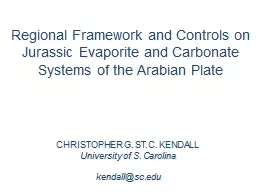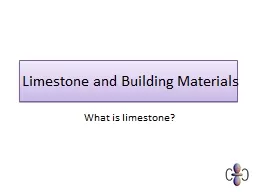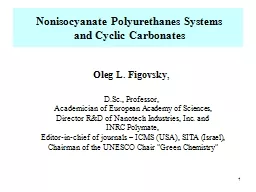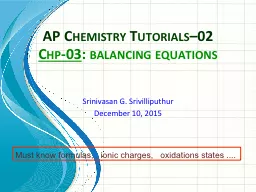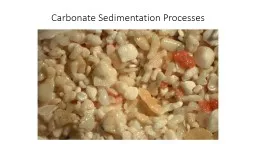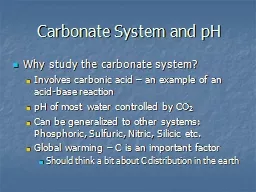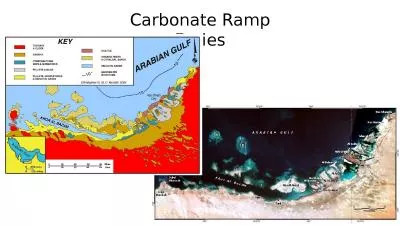PDF-Soil Chemistry5Section 5- Carbonate Chemistry
Author : test | Published Date : 2016-05-18
CARBONATE EQUILIBRIACarbonates are arguably the most important dissolved component of soil solutions and in alkaline soilsthis statement is even less disputable
Presentation Embed Code
Download Presentation
Download Presentation The PPT/PDF document "Soil Chemistry5Section 5- Carbonate Chem..." is the property of its rightful owner. Permission is granted to download and print the materials on this website for personal, non-commercial use only, and to display it on your personal computer provided you do not modify the materials and that you retain all copyright notices contained in the materials. By downloading content from our website, you accept the terms of this agreement.
Soil Chemistry5Section 5- Carbonate Chemistry: Transcript
Download Rules Of Document
"Soil Chemistry5Section 5- Carbonate Chemistry"The content belongs to its owner. You may download and print it for personal use, without modification, and keep all copyright notices. By downloading, you agree to these terms.
Related Documents


